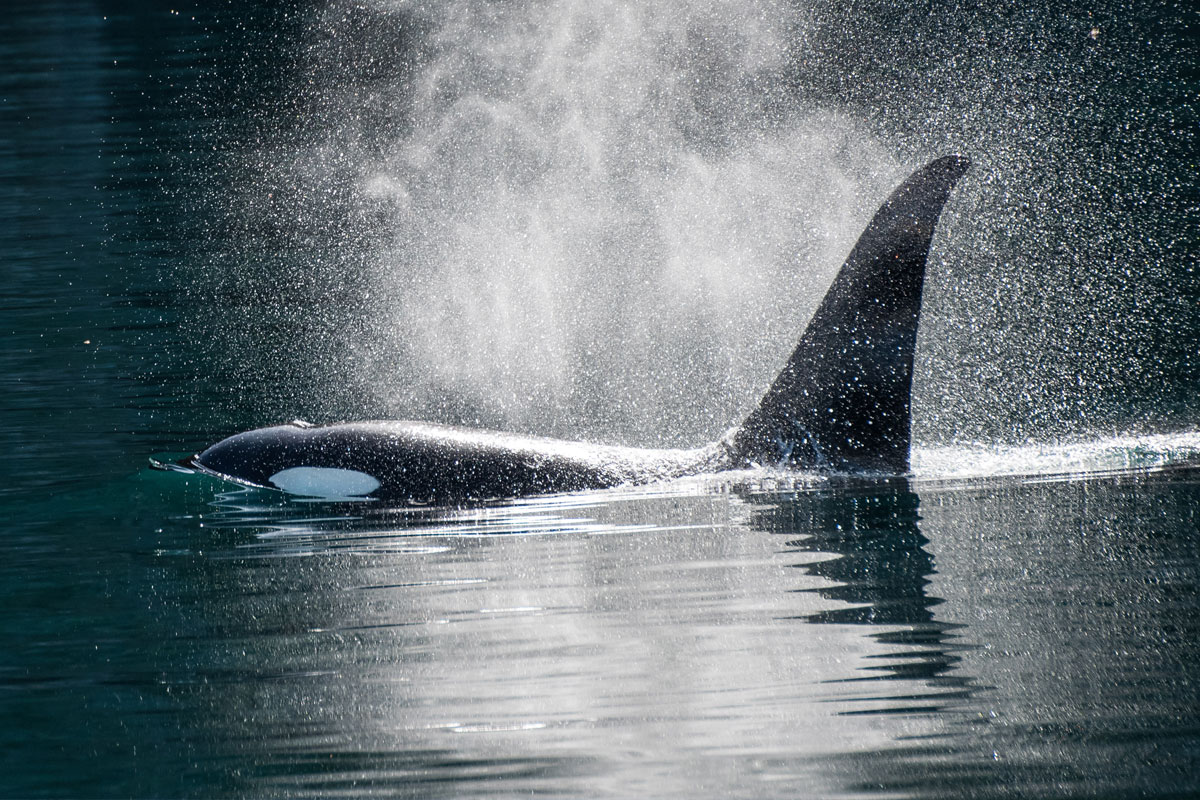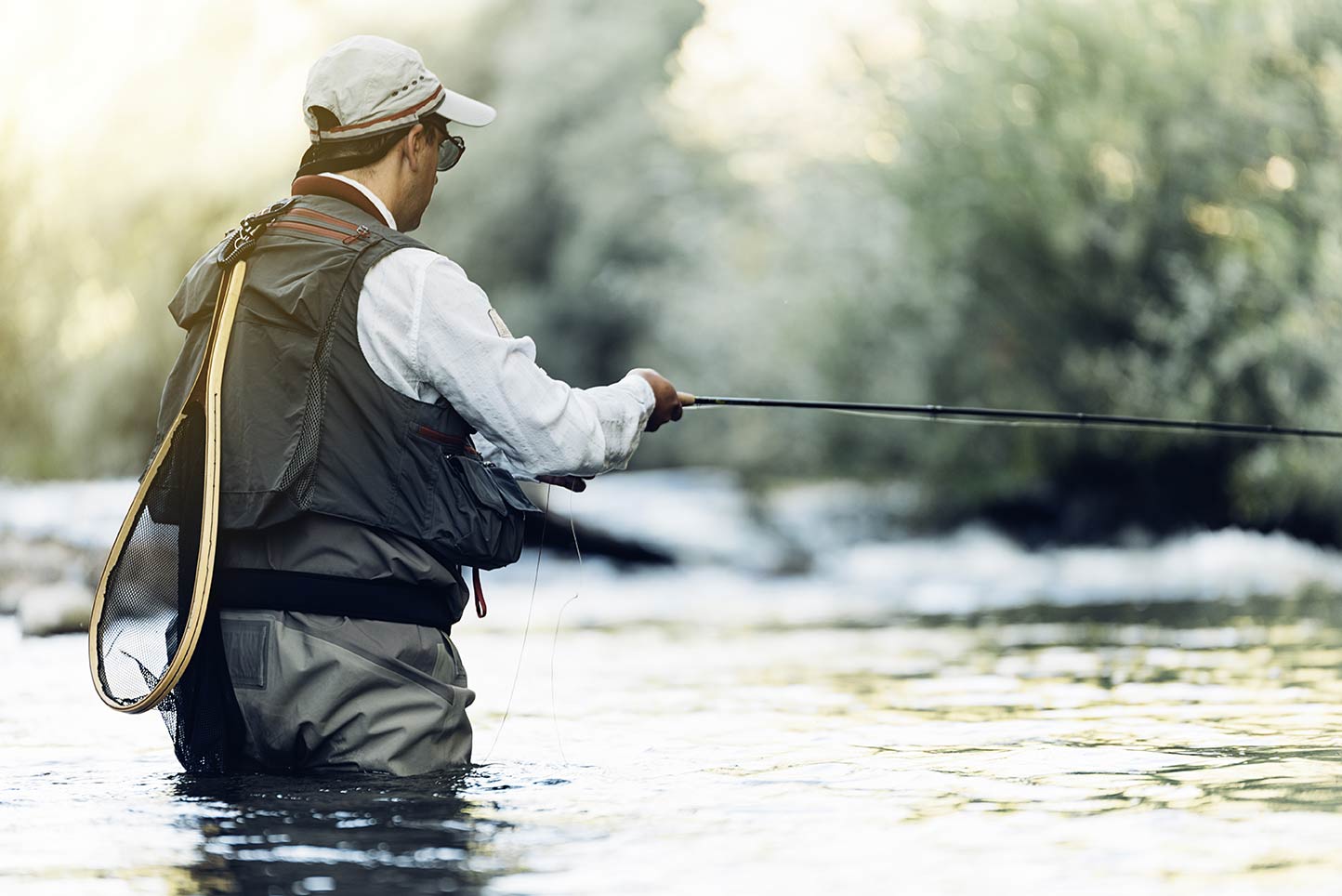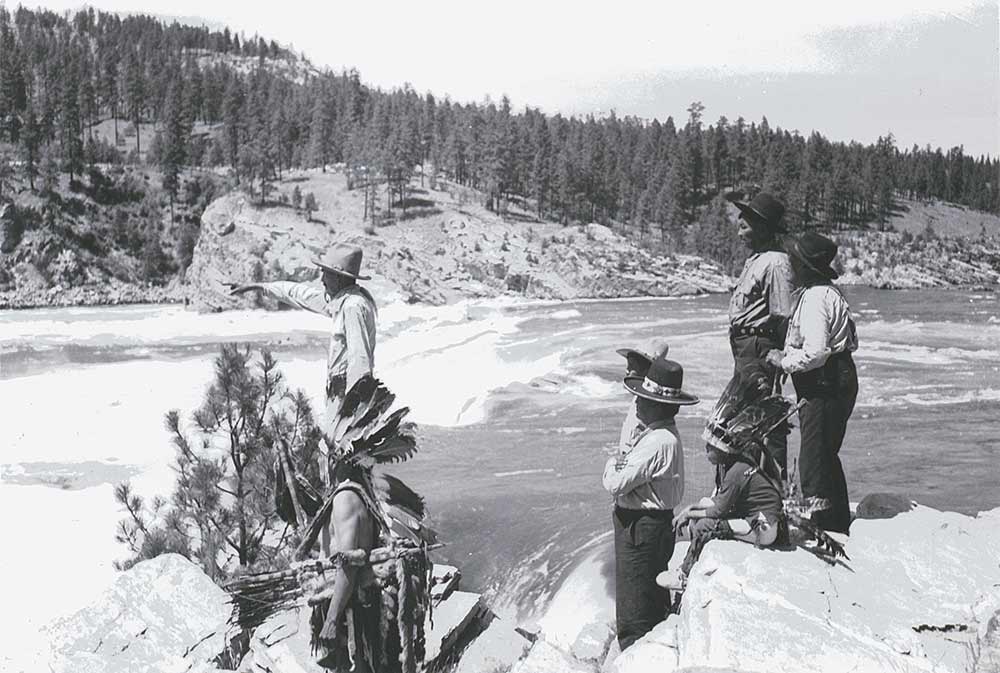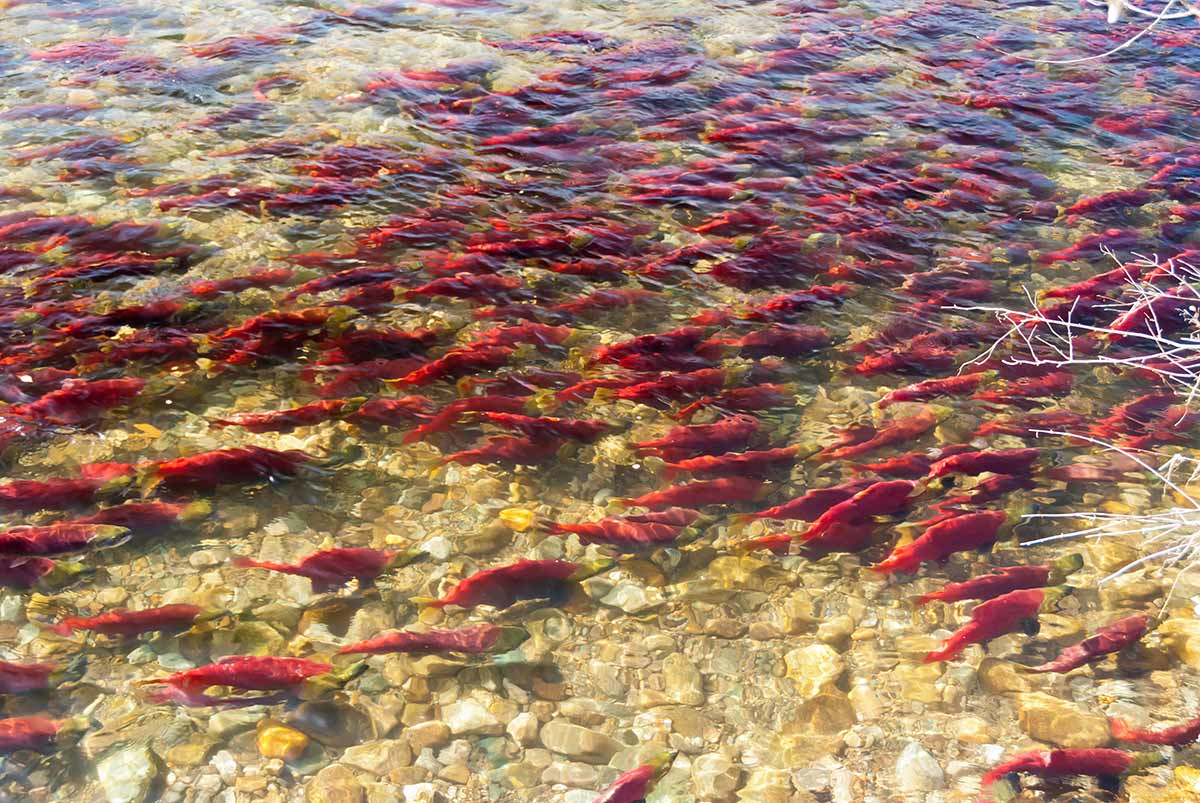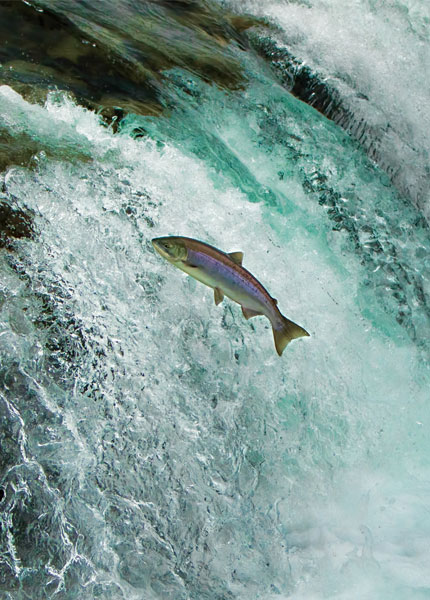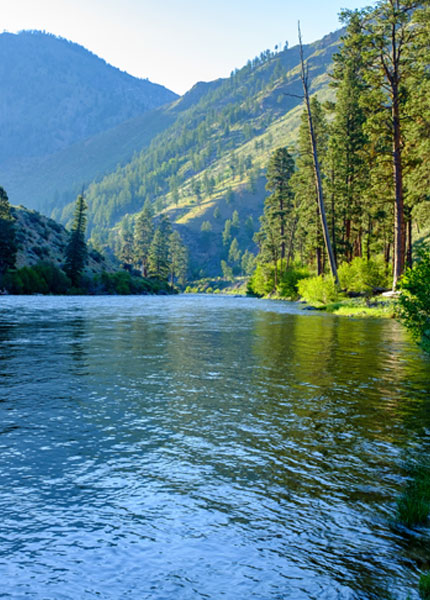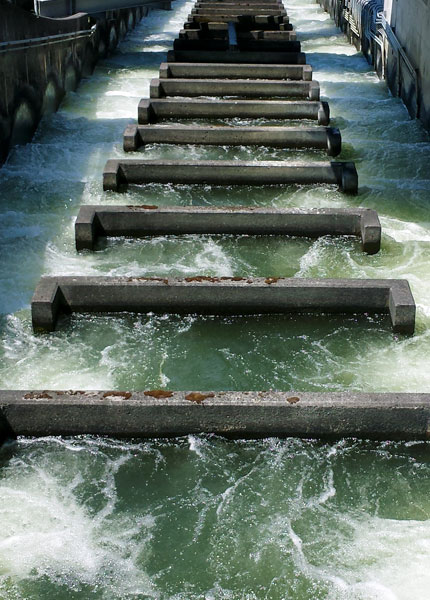What happened to the salmon?
The Columbia River once produced salmon runs estimated at 10 to 16 million fish — among the largest runs on earth. Nearly half of these fish called our region, and rivers upstream, home. Today, only a fraction return to spawn in the basin. None return to our waters. Salmon populations have dwindled for a number of reasons:
